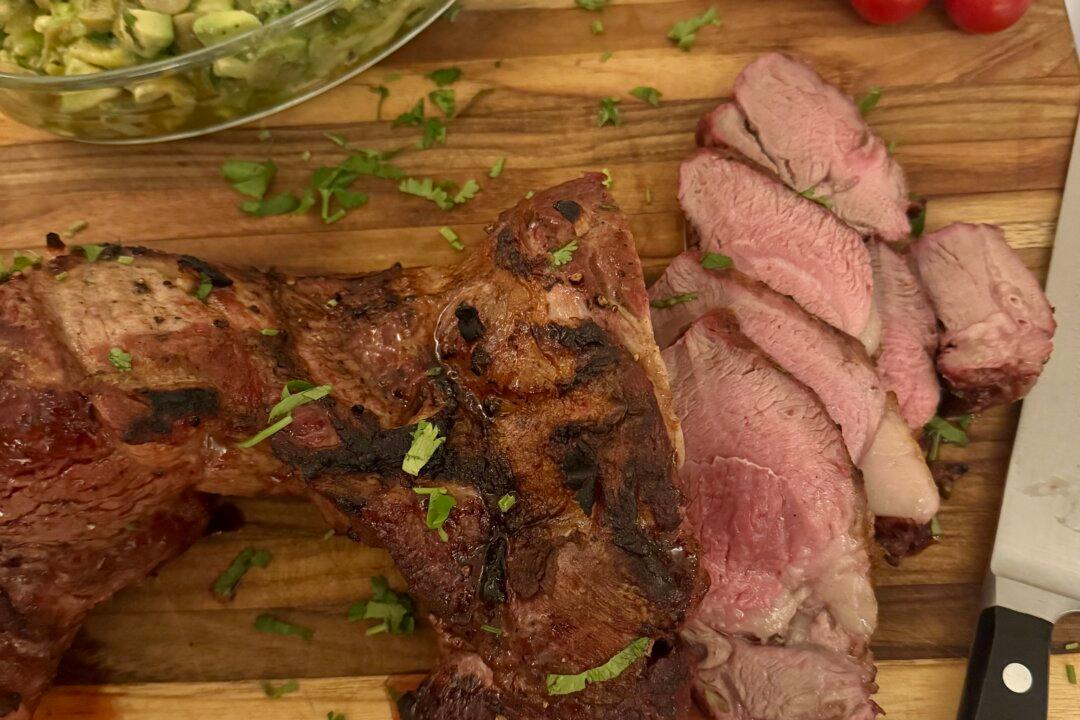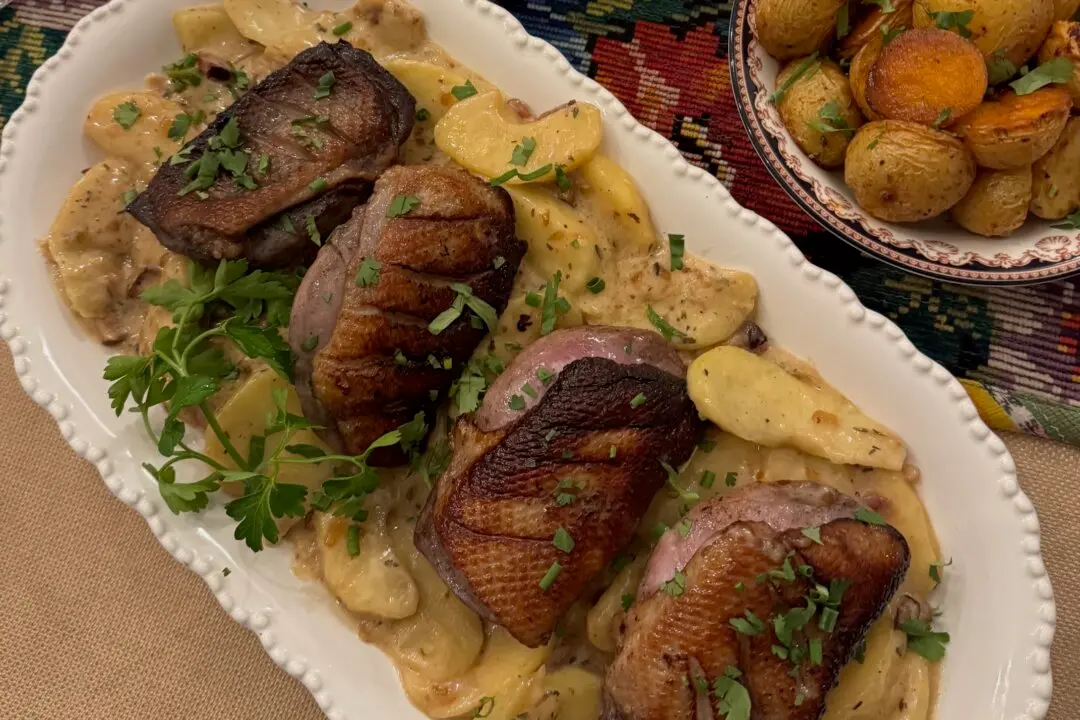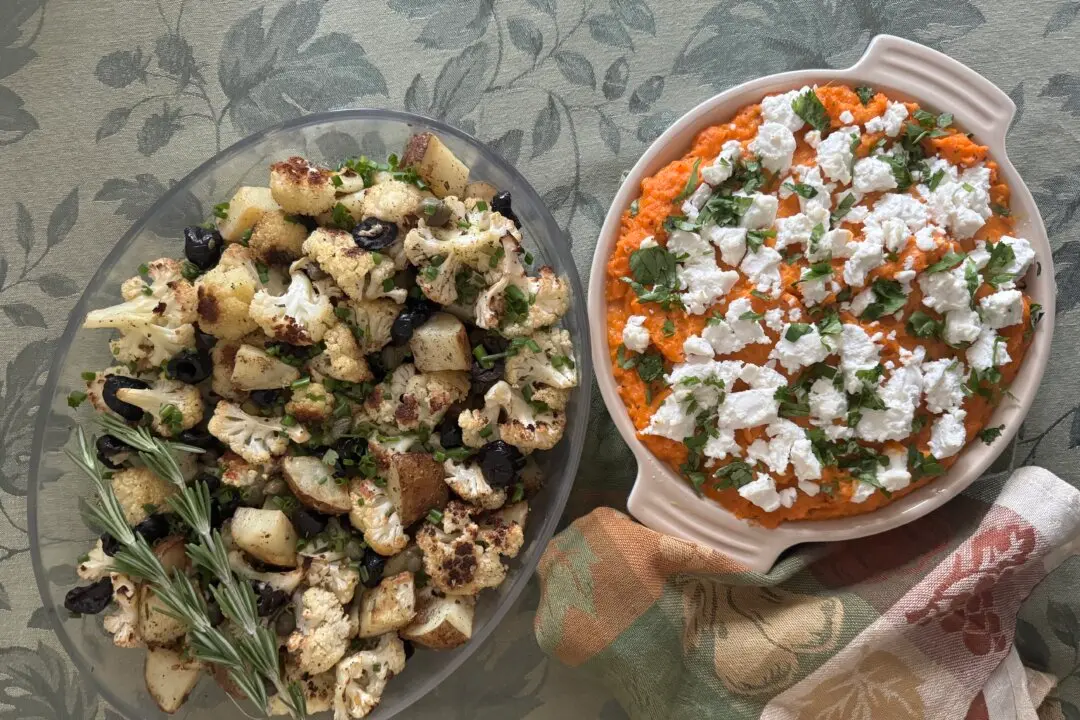I rarely cook a Sunday roast these days. For a couple of reasons, not the least being the cost. Tastes have changed. We eat less meat. We spend less time in the kitchen. We’re more likely to top pasta with a modest amount of slow-cooked meat, smoked fish, or roasted vegetables.
However, at this time of the year, I eagerly seek out leg of lamb. Many markets sell lamb at promotional prices in anticipation of Easter celebrations. While a bone-in leg fills a holiday roast request, it’s the boneless leg that motivates a casual dinner. We fire up the grill and invite a few friends.





